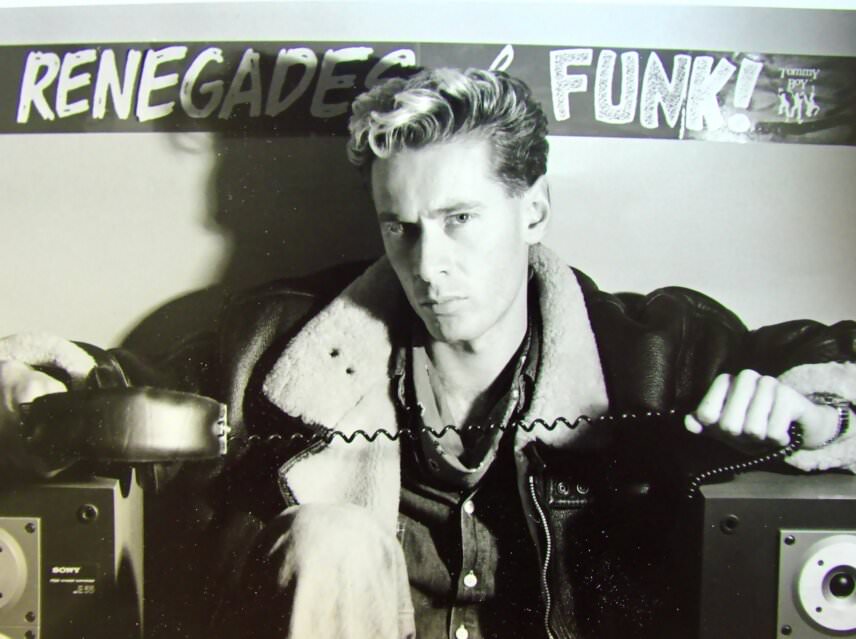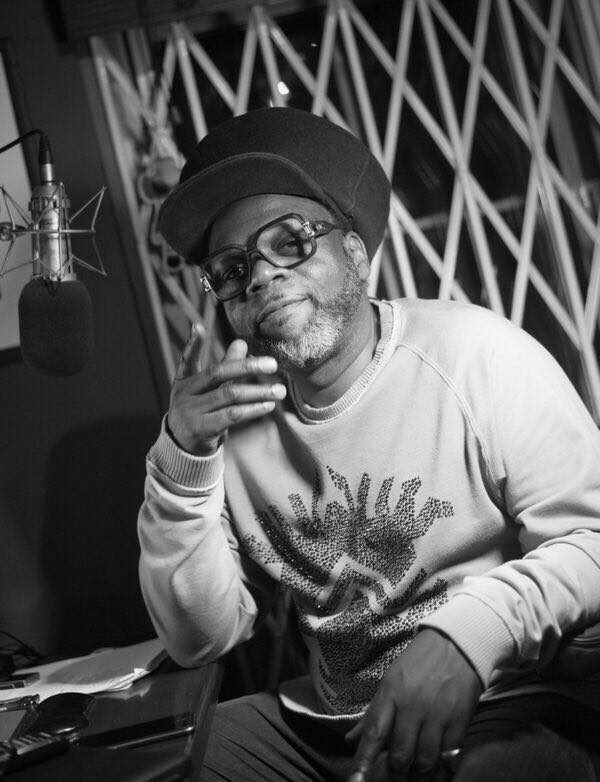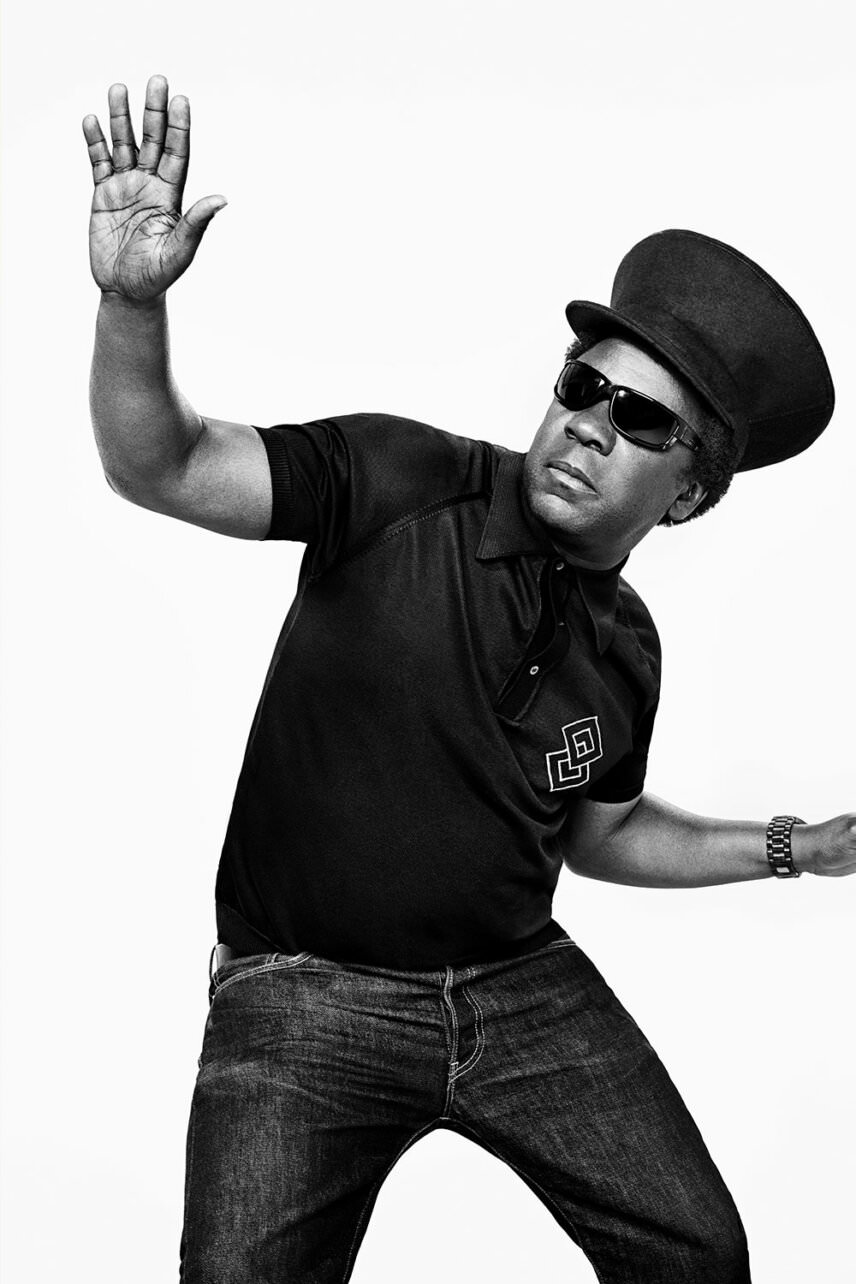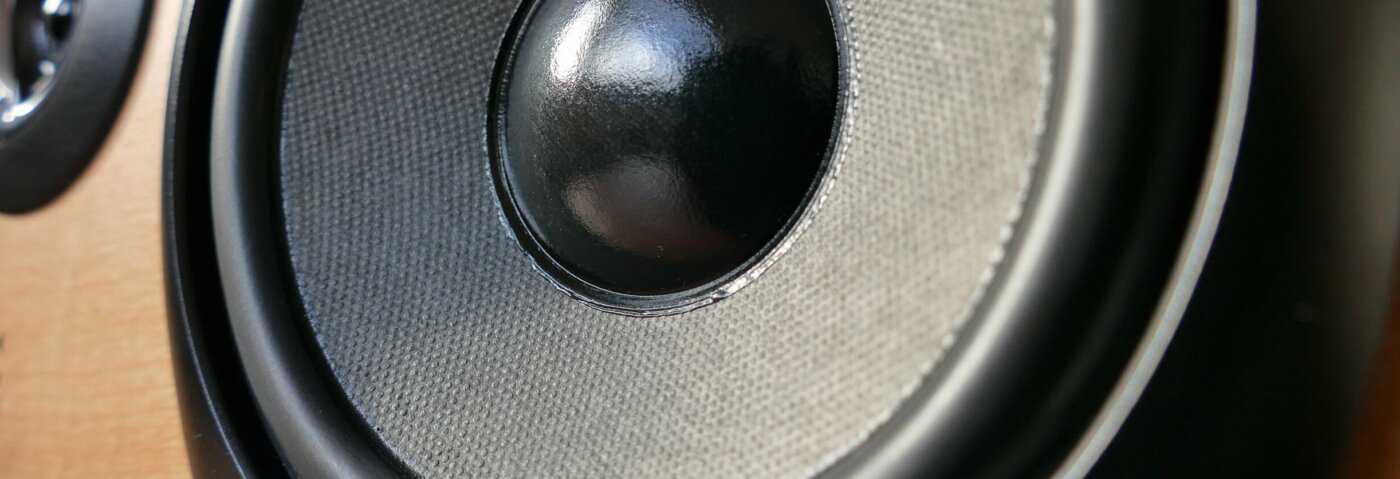Marcus K. Dowling takes a look at the influence of West Indian sound system culture on the birth of the UK acid house scene and the development of UK dance music.
As the story goes, in the summer of 1987, a quartet of white, funk-adoring Uk DJs celebrated Paul Oakenfold’s birthday on the Spanish isle of Ibiza. While partying at Amnesia nightclub, they heard a mind-blowing, all-night set from DJ Alfredo. Eager to replicate the club’s euphoric atmosphere, the DJs brought the Balearic style back to the English underground. Acid house and its associated cousin, rave culture, would soon dominate first England, then the world. However, crucial to the story and its generational evolution is how West Indian, bass-driven sound system culture played an immense role in this “sudden” cultural development.
“[Rave culture] evolved from sound system culture, sure,” says Judge Jules. Jules was voted by DJ Mag as 1995’s best DJ in the world, during the birth of trance at the peak of ‘90s rave culture. He’s currently a DJ, entertainment lawyer, and music producer, speaking to me via Zoom while quarantined, at his kitchen table, in London. “It started off being 95% Anglo-Jamaican, to being a mix of people who were and weren’t in the know as to how to find the parties. Then, at the birth of rave, you get the influx of middle-class kids with no knowledge whatsoever of sound system culture but rather knew about a bunch of great records.”
West Indian culture, via sound system culture, created an infrastructure that rave culture could mirror
Jay Strongman
Jules famously teamed up with DJ Norman Jay who had been putting on under-the-radar house and warehouse parties. Jay had renamed his brother Joey’s reggae sound system, previously called Great Tribulation, Good Times (so the ‘GT’s painted on the speaker boxes still matched) and played rare funk, soul, disco and hip hop. Jay had the crowd, the records, the sound system, the venues and the know-how, while Jules bought a fresh influx of white middle-class partiers as well as the required legalese – he was a law student – to deal with the Police when they showed up to break up the party.
“West Indian culture, via sound system culture, created an infrastructure that rave culture could mirror,” says Jay Strongman, a DJ-turned-author now based in Los Angeles. During the pre-acid house 80s Jay, Jules and Strongman were part of a larger culture of DJs, producers, tastemakers and partiers who achieved an impressive feat. They took the infrastructure and consumption practices established in the UK’s West Indian-borne sound system culture and morphed them into the blueprint for generations to follow. A similar process was taking place in other UK cities including Bristol, of which more below.

“Acid house and rave were just the sound system culture, turbocharged,” Judge Jules recalls. “All-night underground parties in warehouses in the cities and fields in the suburbs, mixed with the illegal drug culture ecstasy provided, that’s what caused the gap that rave moved into that existed at that time between West Indian sound system culture and big clubs.”
By the early 80s, a mix of whites and Jamaicans, Bajans, Antiguans – people with roots in the British colonies in the West Indies – were listening to booming sound systems like Norman Jay’s Good Times and Jazzie B’s Soul II Soul, playing 70s funk from James Brown, Barbara Randolph and Issac Hayes, electro and early hip hop, go go and reggae in abandoned warehouses in London’s rapidly declining industrial areas.
The sound system culture was the unifying hardware that drove everything
Judge Jules
Judge Jules notes how London’s pre-acid house sound system warehouse parties redefined the UK clubbing experience by turning their back on the West End’s clubs and taking matters into their own hands:
“Sound systems were a DIY vibe,” Jules continues. “We couldn’t knock on the doors of the bigger nightclubs in central London and ask for a residency on a Saturday night. So, we combined our communities, created a massive, unique fanbase, and expanded to have a massive reach. Norman Jay’s rare grooves were in West London, Jazzy B, and his “Funki Dredd” vibe was from North London. The sound system culture was the unifying hardware that drove everything.”
Also important to note regarding the crossover of West Indian culture into the British mainstream is to consider the breadth, depth, and scope of what Soul II Soul Sound system leader Jazzie B created.
Jazzie’s time spent with Bristol’s Wild Bunch crew — a hip-hop and graffiti collective that threw sound system parties and later spawned Massive Attack — was transformative for all involved. Names including eventual trip-hop, jungle, bass music icon Tricky, Grant Marshall, and Miles Johnson (who later went on to found Massive Attack), plus Soul II Soul’s eventual producer Nellee Hooper were affiliated with the crew.
The circle that emerged from Jazzie’s social circle evolved into London’s “Funki Dredds.” They were “rap-inspired dreadlocked Yardies with shaved side, dreadlocked crew-cuts,” Judge Jules remembers. As well, the Africa Centre in London’s Covent Garden was where The “Funki Dredd”-inspired Soul II Soul Sound system-hosted their late 80s Sunday night residency; it was an inspiration on multiple levels, taking the habits and vibe of a sound system and placing it in a central London club.

“Africa Centre was the first time where the sound system was in a club-like venue,” says Judge Jules. The “dance with the devil” of the underground and mainstream wasn’t intentional, notes Jazzie B in an interview with the Red Bull Music Academy:
Everything was warehouse in them days, and it was getting all dirty, getting silly, and all the villains got involved, which made it ugly. Believe it or not, we weren’t doing any of it for the money: It was all about having the biggest sound system in the world.
Jay Strongman notes the how the Soul II Soul parties took the culture straight into the mainstream:
Jazzie B took the parties out of the ends of London and into the inner city. He also took them suburban and into places where people lived. The more cosmopolitan, middle-class, and white-collar people started showing up.
The bass-laden thread that starts at the onset of sound system culture, house, and rave sharing the UK’s dancefloors has a notable legacy. The sound systems and warehouse parties of Jay, Jules, Strongman, Jazzie B and all the other 80s pre-rave soldiers, put in place a set of structures, practices and habits which laid the groundwork for the UK acid house explosion.
Also, the perpetual underground-to-mainstream scene birthed via sound system culture’s original heavy sonic mix – reggae, dub, lovers rock, hip hop, rare groove – continues to wield influence. Jungle, drum & bass, UK garage, dubstep and grime all have sound system roots and all have redefined the sound of pop music. The bass thread continued in clubs like Plastic People and fabric, producers like Joker, the present growth of riddim, and more.

The lineage of sound system culture in modern-day Britain appears in the legacy that Norman Jay had at the Notting Hill Carnival. In 2010, he told Red Bull Music Academy the following about his Good Times Sound system’s sets at the event.
When I first went [to Notting Hill] in August 1980, I was the first person to go in and break the music tradition, which was essentially reggae, soca, calypso. I’m playing electro, hip-hop and disco, and jazz, completely against the grain. Now, we’re the biggest attraction there by a long way. It’s a free event, and we’re surrounded by 4,000 to 5,000 people – and it could easily be five times that if we had the space.
As diverse as it is long, West Indian sound system culture’s legacy spawned the entirety of UK dance’s present and future. A wild time created with a unique blend of global inspirations has, and will continue to inspire both music and clubbing worldwide, forever.

